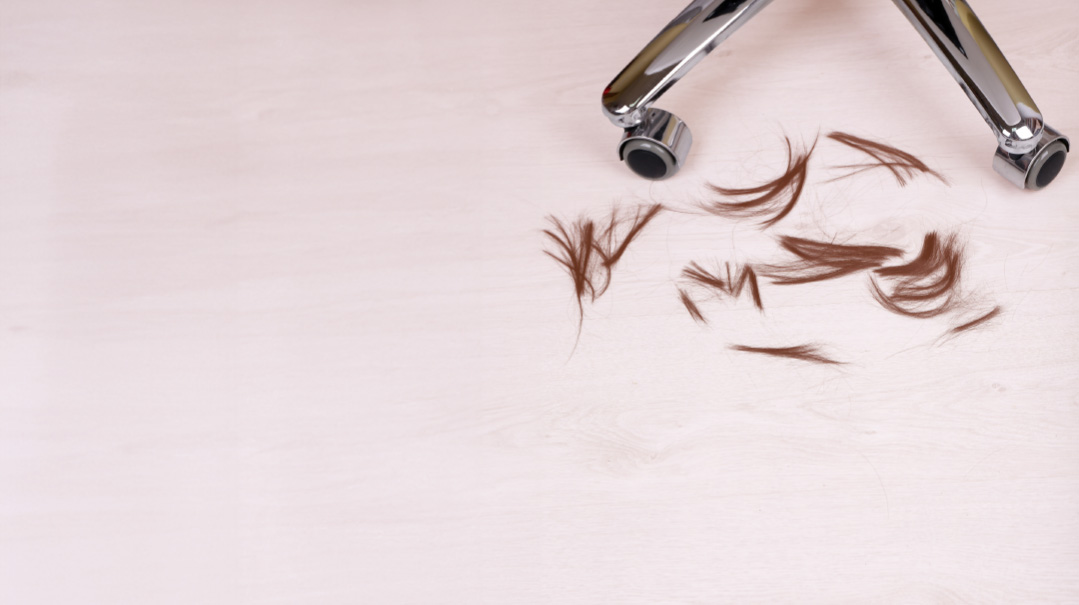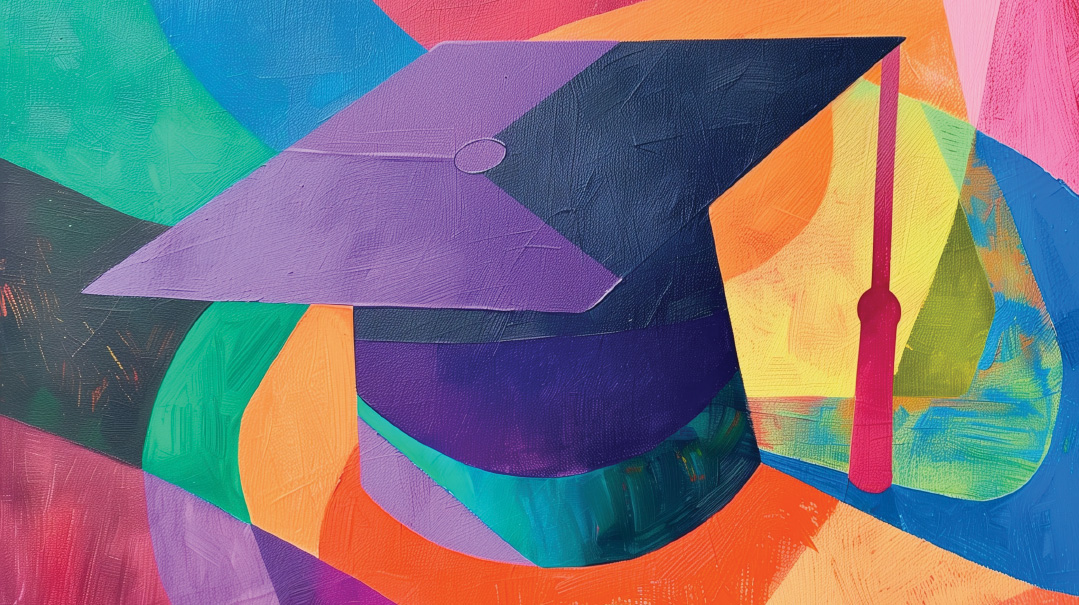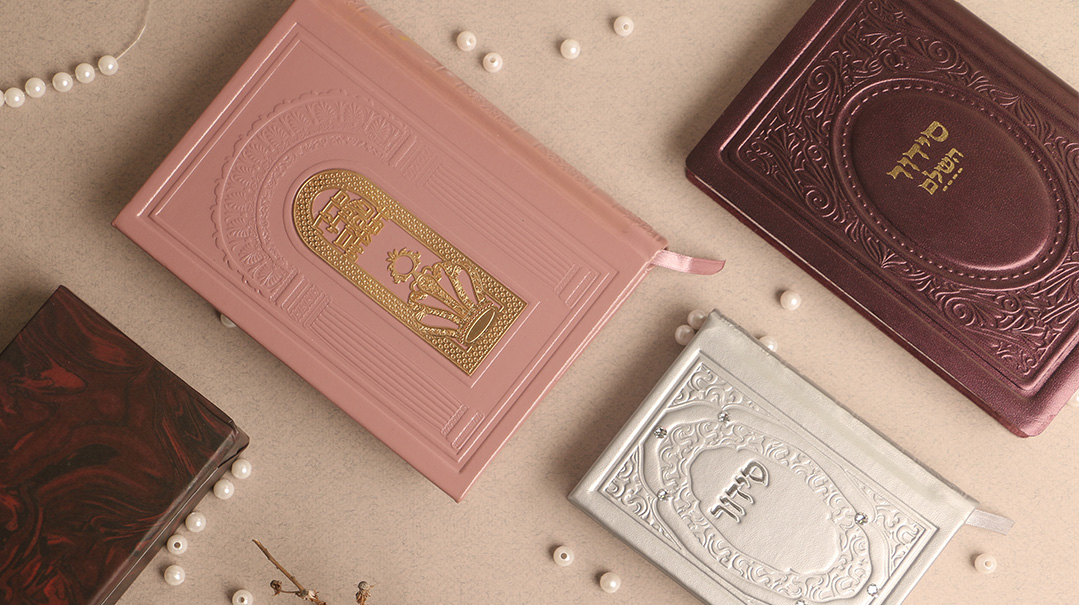The Hat
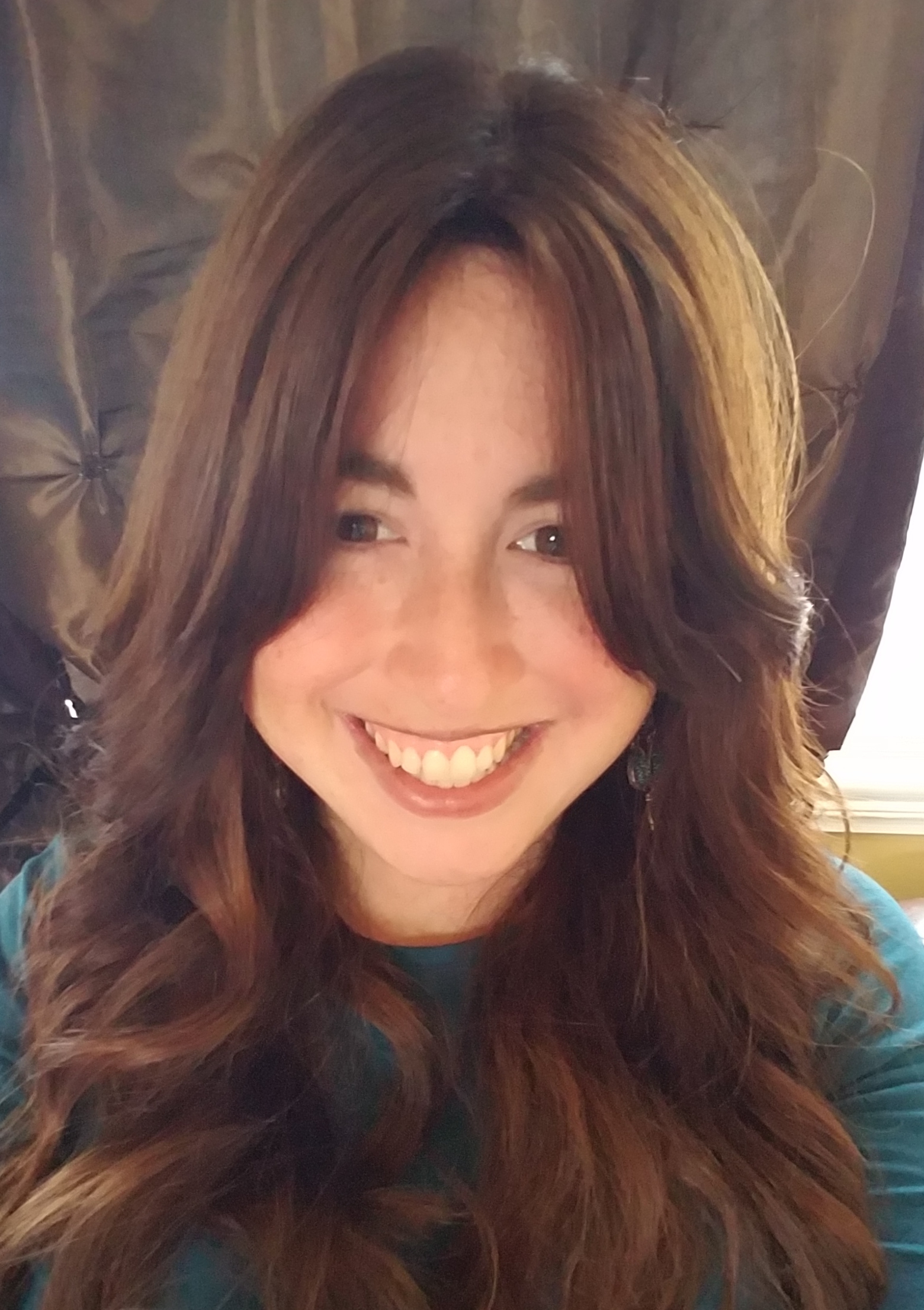
What hasn’t faded with age is my memory of my grandmother wearing this hat during Ne’ilah year after year
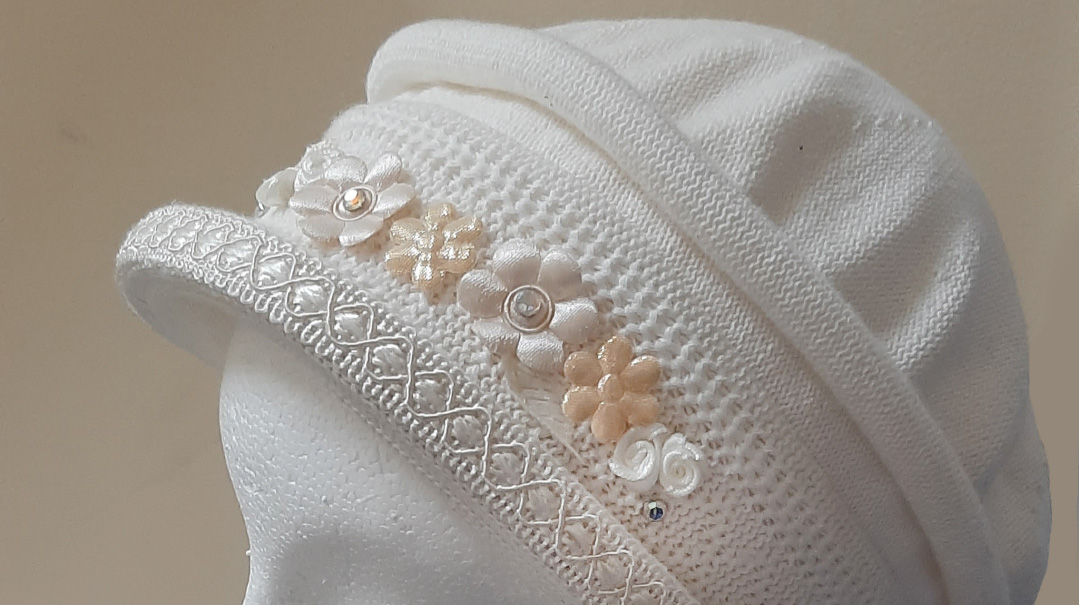
T
he hat has a simple weave, a row of sequins on an inset of lace around the sides, still a pure white after all these years. I vaguely remember when my grandmother received it — a grandson brought it home from Israel and gave it to her as a gift — but the details of the scene have faded with age.
What hasn’t faded with age is my memory of my grandmother wearing this hat during Ne’ilah year after year, standing tall, proud, and serious at the front of the ezras nashim, even as rows and rows of exhausted women sat down around her, drained from the mental and physical marathon of Yom Kippur.
As the years went by, my grandmother’s erect silhouette became stooping and small, but still she stood through the entire Ne’ilah. I remember her at age 90, still standing, firm as ever in her belief in the power of tefillos.
Almost every childhood memory I have of Yom Kippur and those long hours in shul has my grandmother by my side in shul. She was always dressed completely in white, with that iconic hat on her head. I felt like I was sitting next to an angel.
When my grandmother passed on to the Olam HaEmes, I was able to choose something of hers to take as a keepsake. She had many beautiful things, but I knew which item was at the top of my list: The Yom Kippur hat.
I began wearing it on Yom Kippur, and I felt as if it was giving me strength in moments I felt weak from fasting. Still, although I was technically cut from the same cloth as my grandmother, it was clear that my fabric was weaker; during several Ne’ilahs I succumbed to my need to sit down.
MY grandmother’s tenth yahrtzeit was in 2020. I went to shul that year to find the seating sparse and spread out, in typical Covid fashion. Because of the six-feet social distancing restrictions, there were clear demarcations for where a person could stand within range of their seat, which made sticking to the seat you paid for even more important. But when I showed up for Ne’ilah, I found that two women had taken my labeled seats.
My immediate reaction was annoyance. That quickly gave way to acquiescence, though, and I decided not to say anything. It was more important to end Yom Kippur with magnanimity, and I opted to stand in the back. With the social distancing restrictions, however, this wasn’t feasible, and before I knew it, I was davening in the hallway.
I strained to hear the davening through the doors, but once I found the right spot, I could make out the songs and words. The next challenge was finding a place to sit down. As I searched the shul for a spare chair, I remembered my grandmother. I didn’t need a seat. What I needed was to tap into my inner strength. With a pat to my hat, I felt a wave of energy infuse me, and I stood for the whole Ne’ilah in the hallway.
The following year, seating placement became more regular, and I was sure that securing my assigned chair would be a breeze. During Ne’ilah, I dragged my chair to the side of the ezras nashim to have some extra privacy. There was no one within a ten-foot radius, and I davened Shemoneh Esreh with my face in my siddur. When I concluded my tefillah and took three steps back, I bumped into someone. Out of nowhere, a woman had come and taken my seat!
I was annoyed and shocked at the chutzpah. My interloper didn’t get up, even when she knew I’d finished Shemoneh Esreh. She didn’t so much as look up, let alone acknowledge or apologize for the seat snatch. I was about to speak up when Hashem once again placed my grandmother’s image in my head. I patted her hat and felt revived by the notion that not only was it better not to cause friction between Jews as the gates of teshuvah were closing, but I was supposed to stand for Ne’ilah anyway. I moved well out of the radius of the chair and stood for all of Ne’ilah.
The next year, I girded myself to stand for all of Ne’ilah right from the start, relinquishing my seat as hefker. Hashem gave me the strength to not only stand, but to stand with vigor.
MY kids now joke that the hat is my “super-charged Ne’ilah hat.” My eldest daughter, now a bas mitzvah, sat next to me during her first full Ne’ilah this past year and kept commenting, “How are you standing for all of this?” I jokingly offered her the hat, and we shared a smile.
Every year, come Motzaei Yom Kippur, as the adrenaline of the day abates, I pack up the hat and think of all the days that will pass until I take it out again next year. Will my tefillos for the year be answered? Has Hashem forgiven me and my family for our failings this past year? I pray that the months ahead will be joyous and successful.
I take one last look at the hat as it goes off to hibernation for the long winter.
Until next year, hat, I whisper.
(Originally featured in Family First, Issue 861)
Oops! We could not locate your form.

